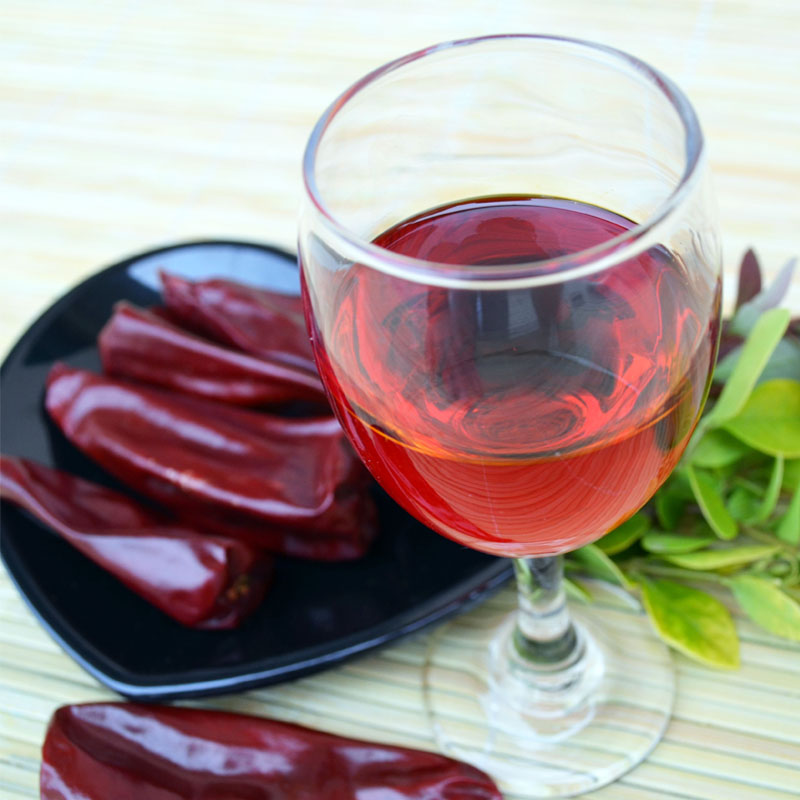- No. 268 Xianghe Street, Economic Development Zone of Xingtai city, Hebei 054001 China
- Byron@hbhongri.cn
Fiery Dried Peppers for Bold Flavors in Your Cooking
The Vibrant World of Spicy Dried Chiles
In the realm of culinary delights, few ingredients possess the remarkable ability to transform a dish as profoundly as spicy dried chiles. These vibrant, sun-dried fruits of the Capsicum plant pack a punch in flavor, aroma, and heat, making them essential in kitchens around the globe. From the smoky allure of chipotle to the fiery intensity of cayenne, dried chiles offer a bountiful spectrum of taste experiences that can elevate a simple recipe into a culinary masterpiece.
Historically, dried chiles have been a cornerstone of culinary practices, particularly in regions where the Capsicum species thrives, such as Central and South America, Asia, and parts of Europe. Indigenous peoples recognized the value of chiles not just for their flavor but also for their preservative qualities. The drying process enhances the complex flavors and extends the shelf life, making them a staple in various cuisines.
One of the most iconic varieties is the ancho chile, a dried poblano pepper that offers a rich, sweet flavor with mild heat. Its dark, wrinkled skin hides a complex profile of fruity undertones that can be beautifully showcased in sauces, soups, and marinades. Ancho chiles often form the backbone of traditional Mexican adobo sauces, contributing depth and richness to dishes.
For those seeking a more intense heat, the guajillo chile is a popular choice. Known for its tangy and berry-like flavor, guajillo chiles are commonly used in salsas and mole sauces. Their vibrant red color and complex flavor enhance everything from meats to vegetarian dishes, imparting both heat and richness. When blended into a paste, they create a unique depth that is hard to replicate with fresh peppers.
spicy dried chiles

The versatility of spicy dried chiles can also be seen in Asian cuisines. The Korean gochugaru, a bright red pepper flake, is essential in dishes like kimchi and Korean stews. Its slightly sweet, smoky flavor balances perfectly with the heat, making it a favorite for those who enjoy a kick without overwhelming spice. Meanwhile, the Chinese doubanjiang, a fermented chili paste made from broad beans and spicy chiles, is a key ingredient in Szechuan cooking, providing both heat and umami in dishes like mapo tofu.
Utilizing dried chiles in cooking is not just about adding heat; it’s about layering flavors. When using these chiles, rehydrating them first before blending into sauces or cooking can maximize their flavor potential. Simply soak them in hot water for about 20-30 minutes until they become pliable, then blend with other ingredients for a true depth of flavor.
It's also interesting to note that dried chiles can be used in various forms whole, crushed, or ground into powders. Whole chiles can infuse oils or broths with their unique heat, while crushed ones can be sprinkled over dishes for texture and a visual appeal. Ground chiles, such as cayenne or paprika, serve as versatile spices that can be added to nearly any dish to provide that essential spicy kick.
In recent years, the culinary world has seen a resurgence of interest in the art of using dried chiles. Chefs are experimenting with these ingredients, elevating traditional recipes and creating new ones that highlight the diverse tastes of spicy dried chiles. Whether in stews, salsas, or as a seasoning blend, the possibilities are endless.
In conclusion, the world of spicy dried chiles is as diverse as it is flavorful. From the rich, sweet notes of anchos to the fiery zest of guajillo, these ingredients not only enhance the taste of dishes but also bring cultural history and depth to the culinary table. Embracing the various forms and styles of using dried chiles allows both home cooks and professional chefs to explore a world of vibrant flavors, making every meal a delicious adventure.
-
Turmeric Rhizome Powder: A Golden Treasure from Roots to TableNewsJul.28,2025
-
The Versatile Application Of Crushed Red Hot Peppers: Lighting Up The Red Flames On The Dining TableNewsJul.28,2025
-
The Paprika: A Touch Of Vibrant Red In Color, Flavor, And CultureNewsJul.28,2025
-
Ground Turmeric: A Modern Examination of an Ancient SpiceNewsJul.28,2025
-
Capsicum Liquid Extract: Features, Applications, and ChallengesNewsJul.28,2025
-
Application of Capsicum Liquid Extract in FoodNewsJul.28,2025







